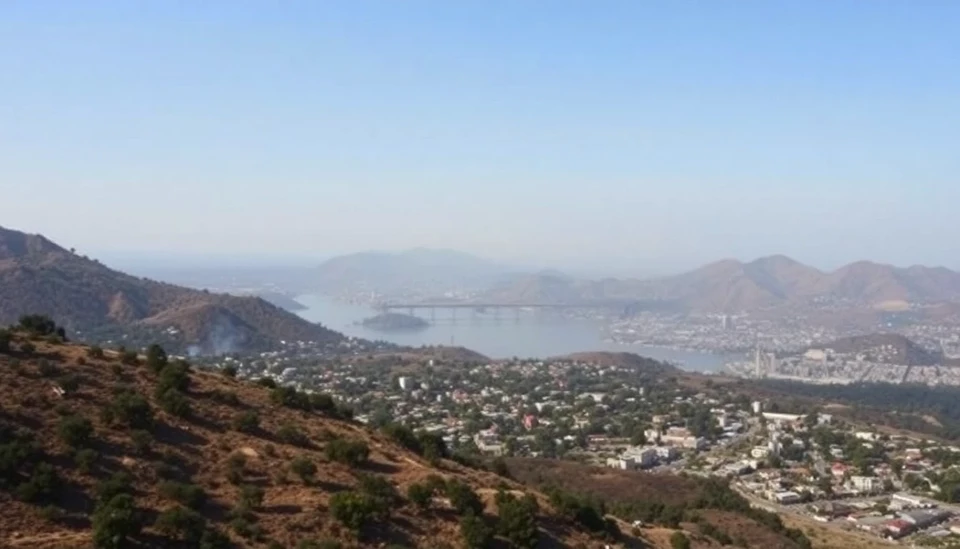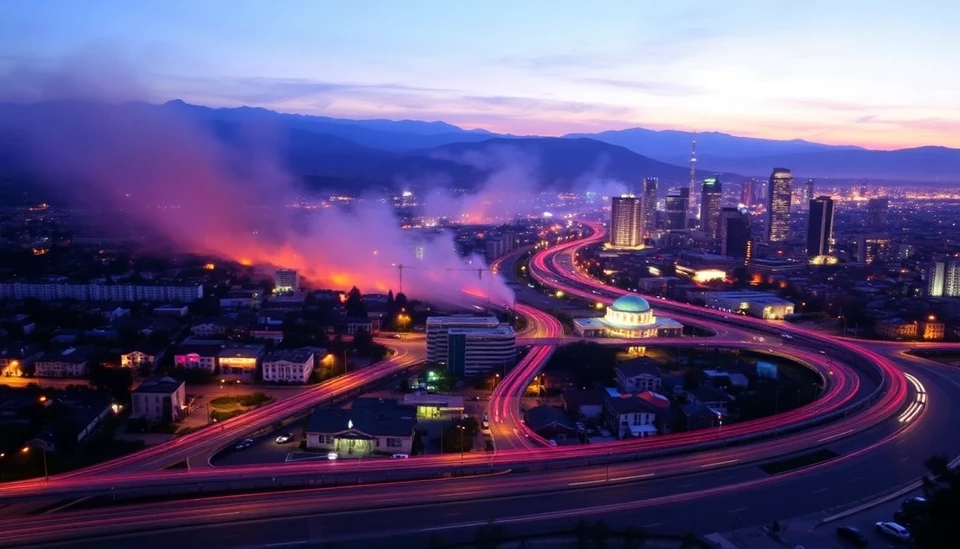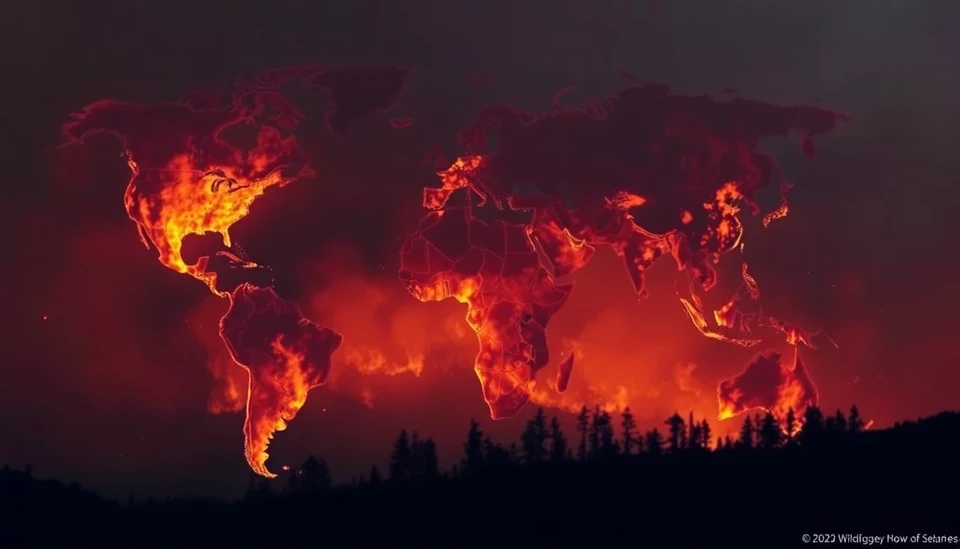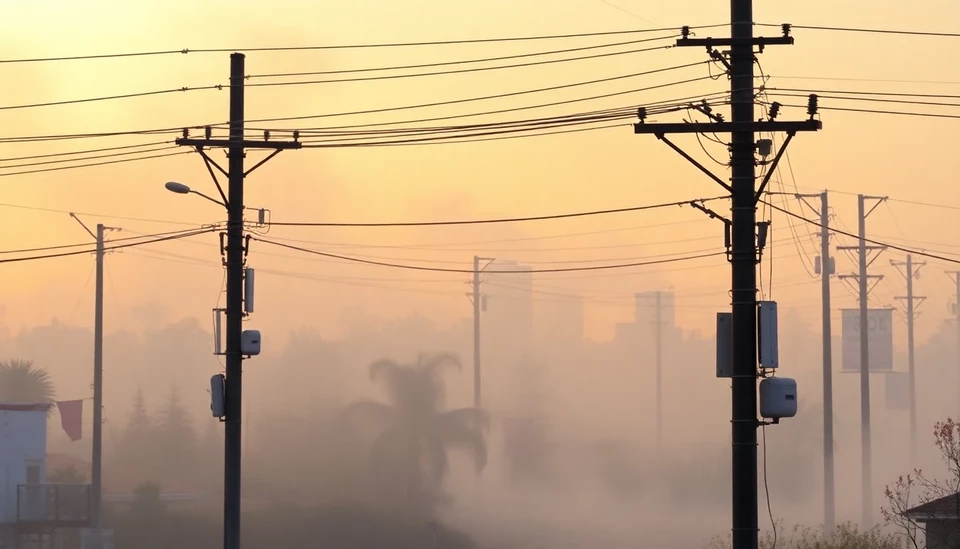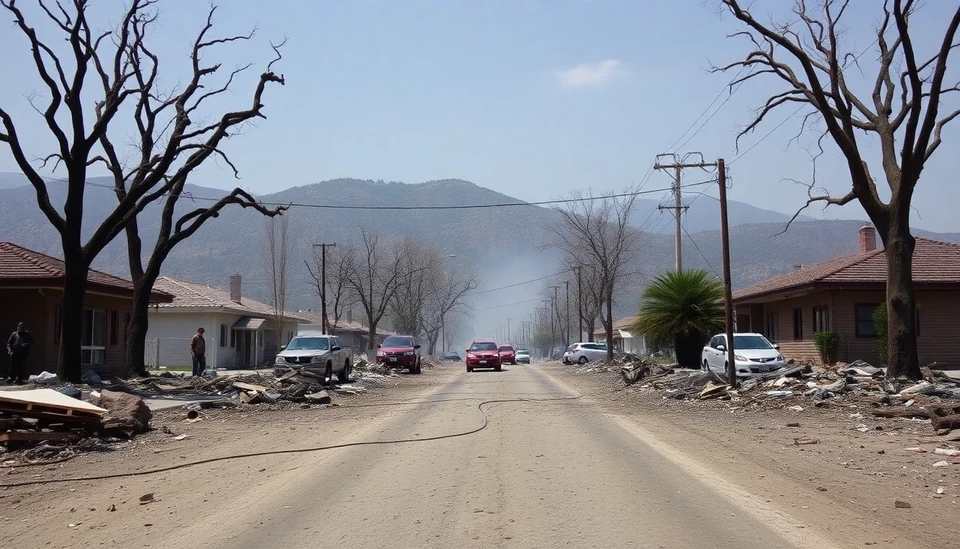
In the wake of the devastating fires that erupted in Los Angeles, the question remains: who stays to rebuild, and who decides to leave their homes behind? This situation has sparked significant discussions around resilience, urban planning, and the realities of climate adaptation in one of America's most populous cities.
California has long been plagued by wildfires, but the recent events have escalated the urgency to address fire hazards and the future of urban life within the state's boundaries. The latest fires served as a stark reminder that urban dwellers must grapple with the reality of climate change and the increasingly frequent and intense natural disasters that accompany it.
As residents sift through the ashes of their former homes, a split becomes evident in the responses to the calamity. Some are determined to remain, investing their time, money, and hope into rebuilding efforts, while others are considering relocation to places deemed safer from the unpredictable fury of nature.
The rebuilding process is fraught with challenges. For many, the emotional toll of losing a home is compounded by the financial burden of reconstruction. Insurance claims often fall short in covering the total costs incurred, leaving families to navigate a complex web of obligations and inadequate resources. Government assistance programs attempt to mitigate some of these burdens, but red tape often obstructs timely aid, leading to frustration among residents eager to start anew.
Real estate trends are also shifting in the aftermath of the fires. Areas previously seen as desirable are now reconsidered through a lens of risk as potential homebuyers conduct thorough assessments of fire history and risk factors. Some neighborhoods are witnessing a decline in property values, while others are experiencing an influx of new residents drawn by affordability in the context of a growing housing crisis exacerbated by natural disasters.
Environmentalists and urban planners are urging city officials to rethink development strategies in light of these fires. Many advocate for the incorporation of fire-resistant materials and enhanced building codes, alongside the preservation of natural firebreaks. The conversation is increasingly focusing on sustainable living practices that factor in the threat of wildfires, such as creating defensible space around homes and utilizing fire-resistant landscaping.
Communities are finding innovative ways to adapt. Volunteer groups and local organizations have sprung into action, offering support to fire victims and encouraging collective rebuilding efforts. Neighbors are banding together, sharing resources and expertise to help those devastated by the flames find respite and hope.
However, not every community is resilient in the face of such adversity. Some residents, particularly those without significant financial means or family support, may find themselves stuck in a cycle of despair. The choice to move away often becomes a matter of necessity rather than preference, leading to a heartbreaking exodus from neighborhoods rich in history and connections.
Ultimately, the lessons learned from the LA fire disasters extend beyond the scorched earth. They compel a collective reckoning with how communities can better prepare for the realities of a changing climate. As cities strive for a balance between growth and sustainability, the ongoing conversation about fire safety and community resilience is critical in ensuring that those who wish to rebuild are given the opportunity to do so, while offering support and pathways for those considering a fresh start elsewhere.
As Los Angeles navigates the aftermath of the latest wildfire crisis, it stands at a crossroads, faced with a choice between rebuilding a future capable of withstanding nature’s wrath or allowing the flames of the past to dictate the course of its evolution.
#LosAngelesFires #ClimateChange #CommunityResilience #WildfireRecovery #UrbanPlanning #DisasterResponse #SustainableLiving #RebuildingEfforts #FireSafety #CaliforniaWildfires
Author: Sophie Bennett
